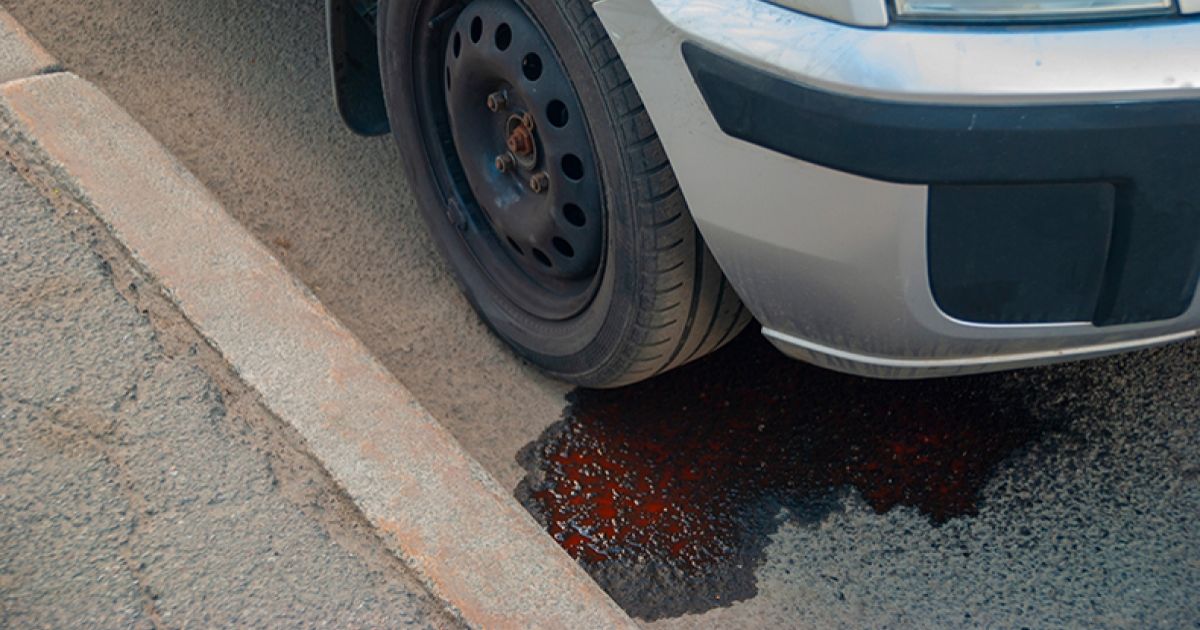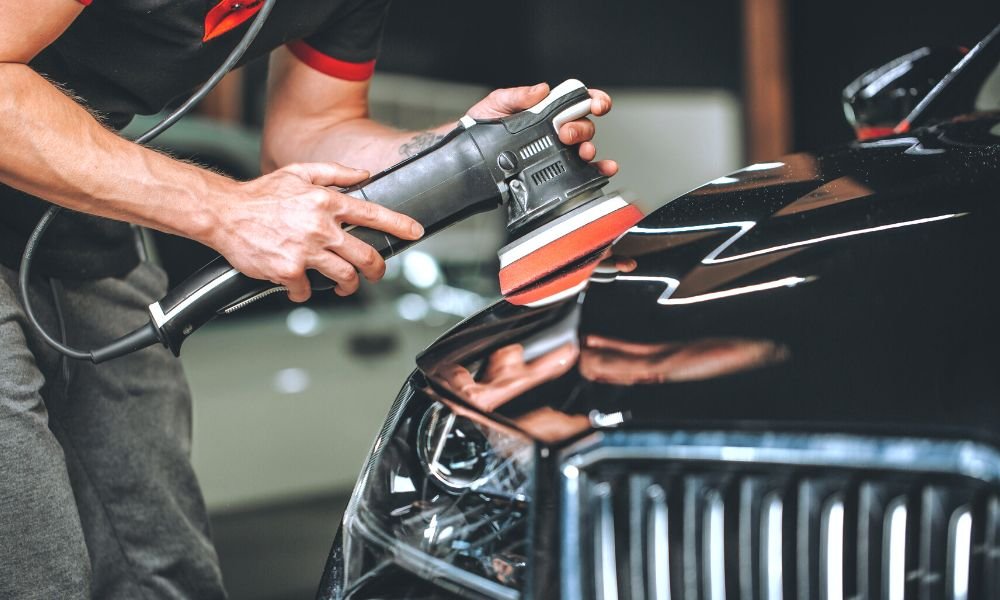Problems with cars can range from small annoyances to serious safety risks. Although they are in the middle, leaking fluids still need to be attended to. They may potentially provide a concern to the environment in addition to causing expensive repairs and internal car component damage. Knowing what kind of leak it is and how to fix it can help you avoid wasting time or money, not to mention keeping your automobile in good working order.
How to Recognize a Leak
Recognizing that you have a leak is the first step. After parking, pay attention to any puddles beneath your car, especially if they occur overnight. In addition, there may be a burning smell coming from your car or performance issues like overheating or trouble steering.
Understanding Your Fluids by Scent and Color
Accurate diagnosis requires knowledge of the differences between various automotive fluids. Here is a brief guide:
- Dark brown or black engine oil leaks are frequently caused by seals, gaskets, or the oil pan. It is slightly burned-smelling and has a greasy texture.
- Broken water pumps, malfunctioning radiators, and leaking hoses are common causes of coolant leaks. The liquid has a vibrant color and a pleasant scent.
- Gear shift problems may be caused by transmission fluid leakage. The fluid itself smells slightly pleasant and has a crimson hue.
- A leak of brake fluid poses a significant risk to public safety. For effective braking, this almost clear liquid is essential, and a leak can drastically lower braking force. There is a light, almost metallic fragrance about it.
- Steering may become challenging due to a leak in the red or brown power steering fluid. The fluid has a huge similar to transmission fluid, but it smells a little burnt and has a slightly different consistency.
Inspection under the Hood
Open the hood and investigate more closely if you think there may be a leak. Keep an eye out for coolant leaks, fresh oil streaks, and wet spots where hoses attach. To locate and check the levels of fluid reservoirs in your car, refer to the manual. For such works, choosing the Auto Repair Services in Blue Springs, MO is essential here.
Fix It Yourself vs. Mechanic Magic
While some minor leaks may be fixed temporarily by replacing fluids or tightening loose hoses, most leaks need to be fixed by professionals. This is particularly true for leaks that affect the coolant or braking systems, which are essential for safe driving.
The Value of Continual Maintenance
Regular auto maintenance is the best line of defence against leaks. Following the prescribed maintenance plan for your car enables experts to see possible issues before they develop into significant leaks.
Conclusion
You may take charge of the health and safety of your car by being aware of the frequent signs and symptoms of fluid leaks. Keep in mind that early identification and appropriate repair can prevent costly problems and prolong the life of your vehicle.




